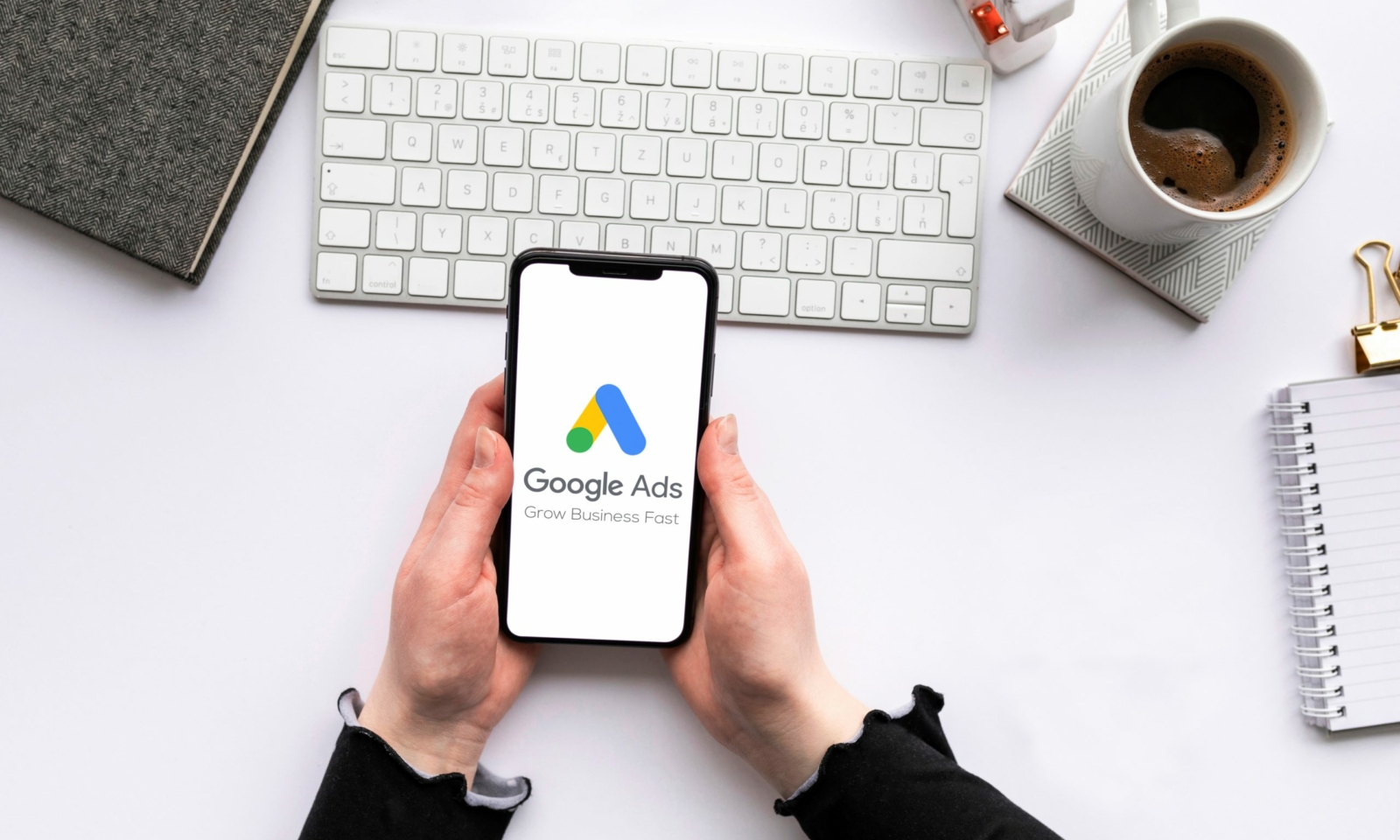In the ever-evolving world of Pay-Per-Click advertising, staying ahead of the game is crucial for achieving optimal results.
Google’s responsive ads offer an innovative and dynamic approach to enhance your PPC performance. In this blog post, we’ll delve into the ins and outs of responsive ads, answering essential questions to help you harness their full potential.
What are Google’s responsive ads?
Google’s responsive ads are an ad format that automatically adapts to fit various ad spaces across the Google Display Network (GDN) and Google Search. They combine creative assets such as headlines, descriptions, images, and logos in different ways to cater to the specific context and user intent of each impression.
How do responsive ads work?
The magic behind responsive ads lies in Google’s machine-learning algorithms. Advertisers provide multiple headlines (up to 15) and descriptions (up to 4), along with various images and logos. Google’s AI then dynamically assembles these assets to create ad combinations that are relevant to individual users and placements.
When an impression occurs, Google’s system analyses the user’s search query, website content, and other contextual signals to determine the best combination of headlines and descriptions. This process ensures that your ad is highly targeted and engaging for each user, leading to better click-through rates (CTR) and conversion rates.
Why use responsive ads?
The are various benefits to using the responsive ads:
Increased reach: Responsive ads automatically adjust to fit available ad spaces, enabling you to reach a broader audience across different devices and platforms.
Dynamic optimisation: Google’s AI continuously tests different combinations of assets to identify the most effective ones, optimising your ad’s performance over time.
Time-saving: Instead of manually creating multiple ad variations, you can provide different assets for Google to mix and match, saving you valuable time and effort.
Improved performance: With targeted and relevant ads, you can expect higher CTRs, better quality scores, and ultimately, more conversions.
How to write responsive search ads
Unlike traditional static ads where you create individual ads with fixed headlines and descriptions, responsive ads allow you to input multiple headlines and descriptions. Google’s machine learning algorithms then dynamically mix and match these assets to create ad variations tailored to each user’s search query, device, and context.
The key components of responsive ads are:
Headlines: Up to 15 headlines (30 characters each) can be provided
Descriptions: Up to 4 descriptions (90 characters each) can be provided
Paths: You can include two optional “path” fields (15 characters each) to display in the ad’s URL path
8 tips for writing responsive search ads:
Writing effective responsive search ads requires careful consideration of your target audience, your unique selling propositions, and the keywords you’re targeting. Here are some essential tips to help you craft compelling and high-performing responsive search ads:
- Utilise your character limit: Take advantage of the character limits for headlines and descriptions. Create headlines that highlight different benefits or offers, and craft descriptions that provide additional information about your product or service.
- Focus on relevance: Ensure that your headlines and descriptions are highly relevant to the keywords and ad groups you’re targeting. Alignment between the user’s search query, your ad copy, and the landing page is crucial for boosting ad performance.
- Test different messages: Experiment with various ad messaging to see what resonates best with your audience. Use a mix of emotional appeals, unique selling points, and calls-to-action (CTAs) to determine which combinations yield the best results.
- Highlight unique selling points: Showcase what sets your business apart from competitors. Whether it’s free shipping, special discounts, or exclusive features, make sure your ads stand out from the crowd.
- Use keywords in headlines: Incorporate keywords into your headlines when possible. This helps make your ads more relevant to users’ search queries and can improve your ad’s Quality Score.
- Create mobile-friendly ads: Since a significant portion of searches occur on mobile devices, ensure that your ad copy is optimised for mobile users. Consider how your ads will look on smaller screens and tailor your messages accordingly.
- Test and optimise: Google Ads offers the ability to test different headline and description combinations. Regularly review the performance of your ads and optimise them based on the data to improve CTRs and conversions.
- Landing page alignment: Ensure that your landing page corresponds to the ad’s message and offers a seamless user experience. Users should find what they expect based on the ad.
Best practices for creating responsive ads
Diverse assets: Provide a wide range of headlines, descriptions, images, and logos. This gives Google’s system more options to create relevant ad combinations.
Highlight key features: Ensure your headlines and descriptions emphasise unique selling points and essential features of your products or services.
Quality images: Use high-quality images that align with your brand identity and resonate with your target audience.
Relevant logos: Upload logos that are clear, easily recognisable, and appropriate for your business.
Monitor performance: Regularly review the performance of your responsive ads and make necessary adjustments based on insights from Google Ads reports.
Combining responsive ads with traditional ads
While responsive ads offer numerous benefits, it’s essential to strike a balance between them and traditional ad formats. Experiment with a mix of responsive ads and standard text/image ads to see what works best for your specific campaigns. Additionally, consider the goals of your PPC efforts and the behaviour of your target audience to guide your decision.
Google’s responsive ads represent a powerful tool in your PPC arsenal, combining the efficiency of automation with the personalisation of targeted advertising.
Looking to leverage the capabilities of Google’s AI-driven system? Our PPC team knows exactly how to enhance your ad performance and drive more conversions – get in touch to see what we can do for your business.

